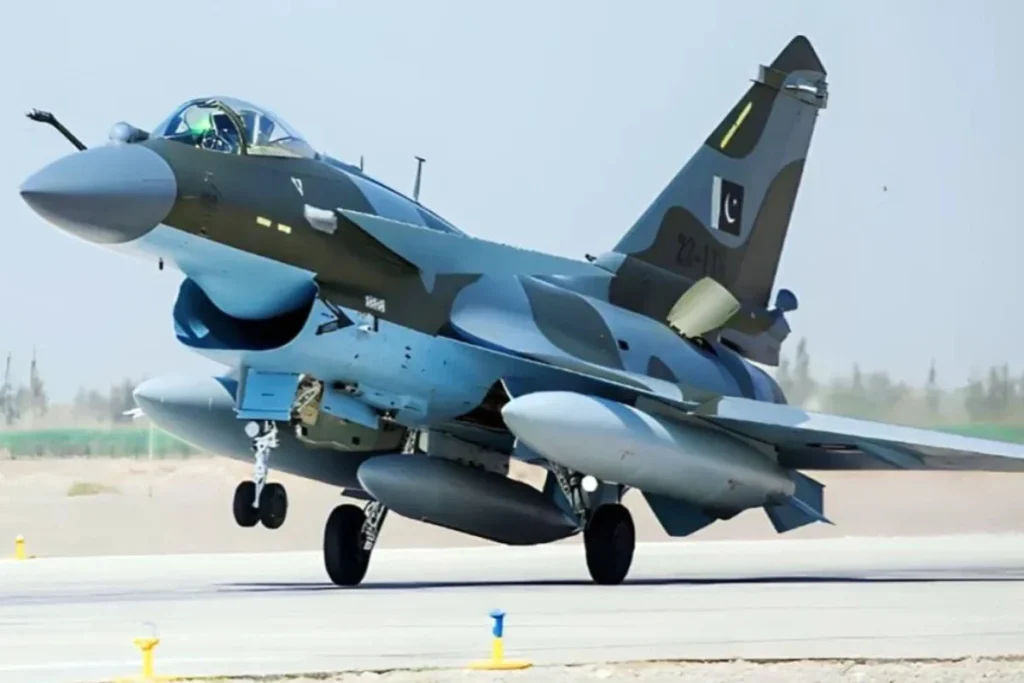A recent report submitted to the US Congress has confirmed that Pakistan achieved “military superiority” over India during the four-day conflict in May 2025. The report, compiled by the US–China Economic and Security Review Commission, highlighted Pakistan’s success and the operational effectiveness of Chinese weapons, which played a critical role in the clash. The title US Report Confirms Pakistan’s Military Superiority Over India in May Clash captures the global significance of these developments and is trending among defense and international security searches.
Pakistan’s Airstrikes and Tactical Achievements
According to the report, Pakistan initially claimed it had shot down five Indian aircraft during the conflict, later revising the figure to seven. Islamabad stated that none of its planes were lost and reported striking 26 Indian targets across three airbases. Former US President Donald Trump also referenced the conflict, noting that eight Indian aircraft were effectively downed.
The commission highlighted China’s involvement, noting that Pakistan relied heavily on Chinese weapons and potentially benefited from Chinese intelligence. While India alleged that China provided real-time information on its military positions, Pakistan denied these claims, and China neither confirmed nor denied them. The report emphasized that China’s support enhanced Pakistan’s operational capacity, further straining India-China-Pakistan relations.
China’s growing military partnership with Pakistan has included joint exercises and technology transfers. In November–December 2024, the two countries conducted three-week-long “Warrior-VIII” counterterrorism drills, followed by the Chinese Navy participating in Pakistan’s multinational “Aman” exercises in February 2025. These maneuvers demonstrated increasing defense cooperation, which Indian analysts interpreted as a direct security threat.
Chinese Weapons Deployed in May 2025 Conflict
The report also noted that China provided around 82 per cent of Pakistan’s defense imports between 2019 and 2023. During the May conflict, Chinese systems such as HQ-9 air defense systems, PL-15 air-to-air missiles, and J-10 fighter jets were deployed in combat for the first time, giving Pakistan real-world operational experience. Additionally, in June 2025, China offered Pakistan advanced military assets including 40 J-35 fighter jets, KJ-500 aircraft, and ballistic missile defense systems. Following this, Pakistan announced a 20 per cent increase in its 2026 defense budget, raising spending to USD 9 billion.
The report cited efforts by China to promote its weapons while limiting sales of competitor systems, including French Rafale jets, reportedly spreading misinformation via AI-generated content to showcase Pakistani successes. Chinese embassies publicly praised their weapons’ performance to boost global arms sales.
Read More: PM Shehbaz Announces Major Modernisation of Pakistan Railways
The May 2025 conflict began after India conducted airstrikes in Punjab and Azad Jammu and Kashmir on 7 May, following an unverified attack in Indian-occupied Kashmir that India blamed on Pakistan. Both nations retaliated with airbase strikes until a ceasefire was brokered by US intervention on 10 May. The commission concluded that while calling it a “proxy war” would overstate China’s involvement, the conflict allowed Beijing to test and showcase the modernization of its weapons.
The report underscores Pakistan’s growing military capabilities and highlights China’s strategic role as Pakistan’s largest defense supplier, reaffirming Islamabad’s strengthened position in the region.


